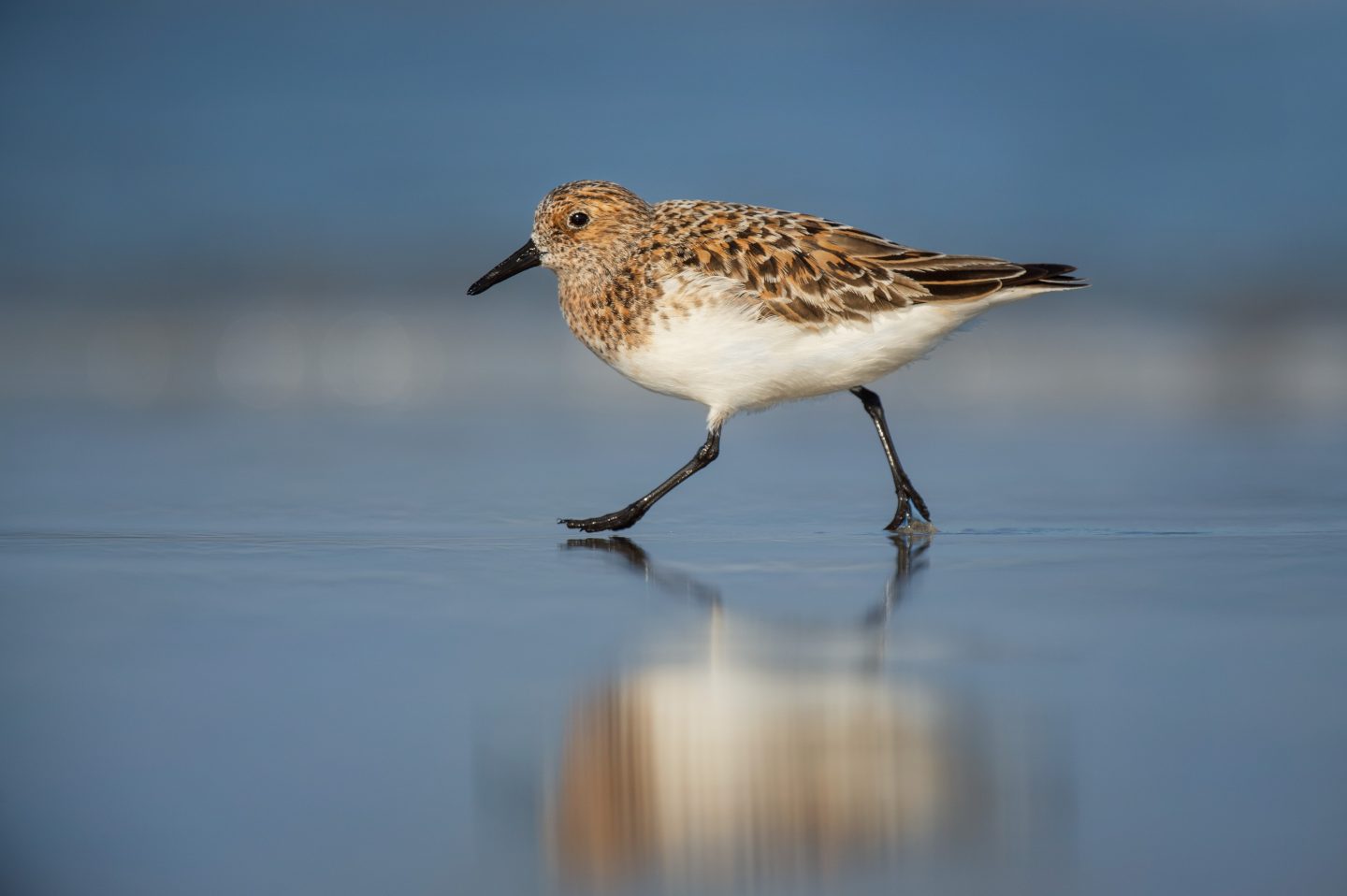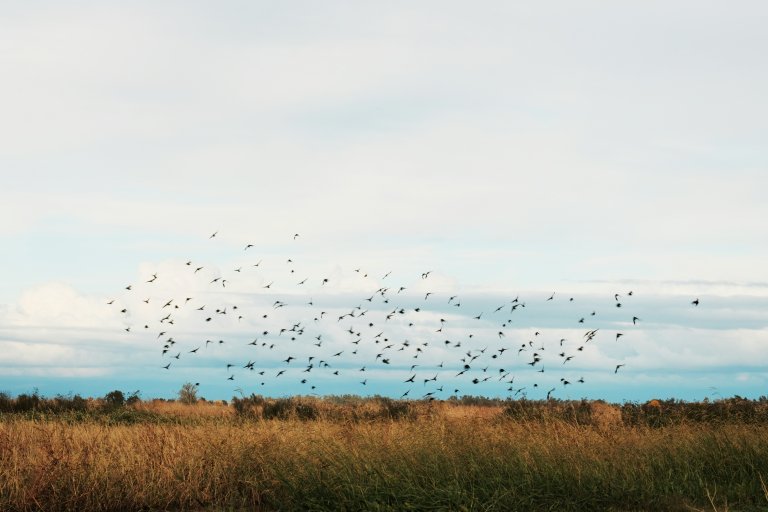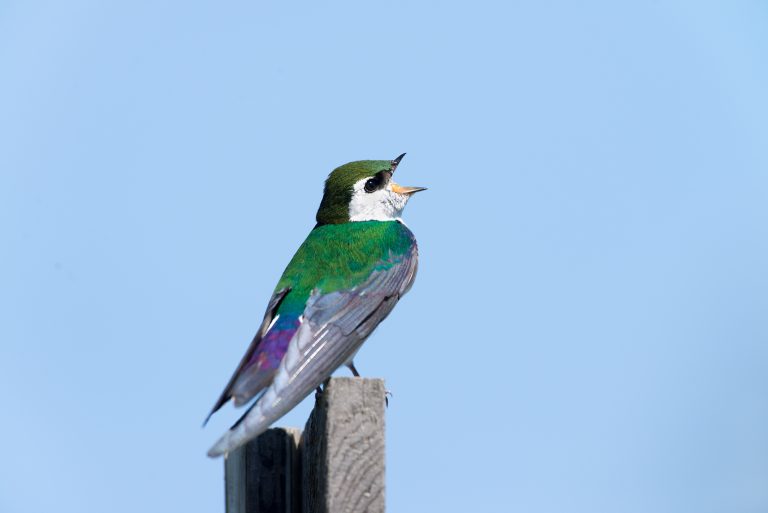Birds are pretty amazing, but there are few feats more impressive than flying distances of up to 20,000km like the Arctic tern, or embarking on non-stop flights of over 8,000km like the Alaska-nesting Pacific golden-plovers. During fall and spring migrations, many marine ecosystems along BC’s coastal regions become rife with bird activity. Many of these birds travelled along an important route known as the Pacific Flyway to get to and from their breeding, refuelling, and wintering habitats.
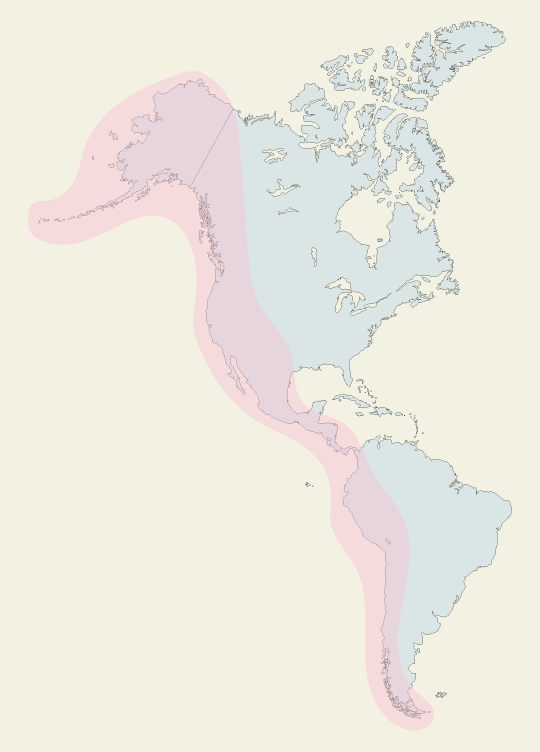
What is the Pacific Flyway?
The Pacific Flyway is a north-south migratory bird route spanning from Alaska all the way to Patagonia in southern South America. It is one of four major migratory flyways of North America. Millions of migratory birds travel this route twice a year, usually in spring and fall. Some will travel nearly the entire length of the route, while other birds will stop and start partway.
Depending on the bird, stops are made at important locations along their journey to nest or refuel. Snow geese and Western sandpipers are a couple of examples of these stopovers, refuelling at areas like the Fraser River Delta before taking off again.
Why the Long Trip?
Birds move from one habitat to another following the seasons and food supplies, trying their best to avoid adverse conditions. Most birds travel roughly the same route every year, at almost the same time, making it easier for birders to anticipate their arrival. Of course, not all birds follow the Pacific Flyway strictly and differences in travel patterns exist even among the same species.
Where to See Birds During Migration?
The South Fraser Bird Trail hosts many migratory visitors along the Fraser River Delta, an important wintering spot for many waterfowl, shorebirds, and birds of prey. Iona Beach Regional Park, Terra Nova Rural Park, the George C. Reifel Migratory Bird Sanctuary on Westham Island, and Boundary Bay (which stretches all the way from Centennial Beach in Tsawwassen to Blackie Spit in Surrey) all offer great opportunities to catch migratory visitors. Some stay for longer periods of time, like Dunlin, which arrive in the fall and stay until spring. Others make much briefer stopovers, like Lincoln’s Sparrows, which are mostly only seen on their way through in spring and fall migrations.
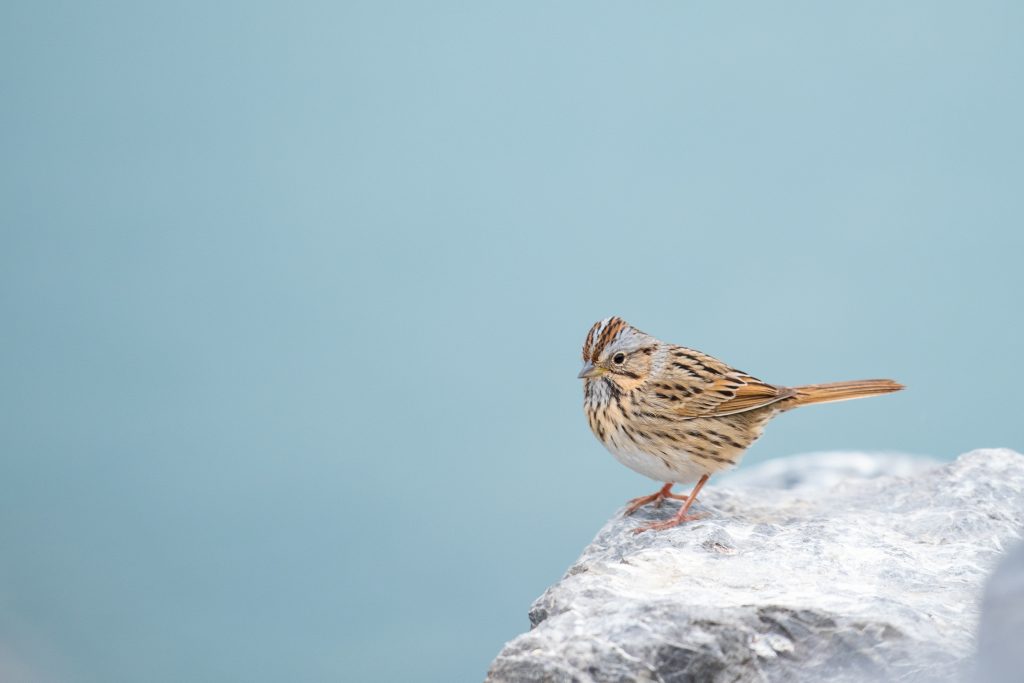
On the Central Vancouver Island Bird Trail, spring migration means the arrival of the Brant geese to Parksville-Qualicum Beach. These waterfowl only stick around for a couple of months before they are off to their northern breeding grounds. You will also likely see rufous hummingbirds, turkey vultures, and several types of warblers, swallows, and flycatchers.

The Fraser Valley Bird Trail hosts the gorgeous cedar waxwings, as well as an abundance of swallows, warblers, American goldfinches, and ospreys. The many natural areas along the Fraser River are also a favourite of colourful Western tanagers and green herons.

The Columbia Valley Bird Trail is part of the eastern range of the Pacific Flyway that also includes the Rocky Mountains. There are many important habitats throughout the valley, from Elizabeth Lake Bird Sanctuary in Cranbrook, to Moberly Marsh and Burges James Gadsden Provincial Park north of Golden. Inland birds travel to the estuaries and wetlands of the region and the Columbia River Wetlands are a great place to see a variety of birds.
Species like the horned grebe like to spend their breeding season in the protected wetland areas of the Columbia Valley. Spring migration also brings osprey and turkey vultures to the skies, as well as plenty of swallows (tree, violet-green, barn, bank, cliff, and northern rough-winged) darting around the wetlands.

Thanks to BC’s perfect spot along the busy Pacific Flyway, you’ll never find yourself far from a bustling birding location!
Want to Learn More?
For a more in-depth look at the Pacific Flyway and its importance to birds, check out the Pacific Flyway: Waterbird Migration from the Arctic to Tierra del Fuego by Audrey DeLella Benedict, Geoffrey A. Hammerson, and Robert W. Butler.
